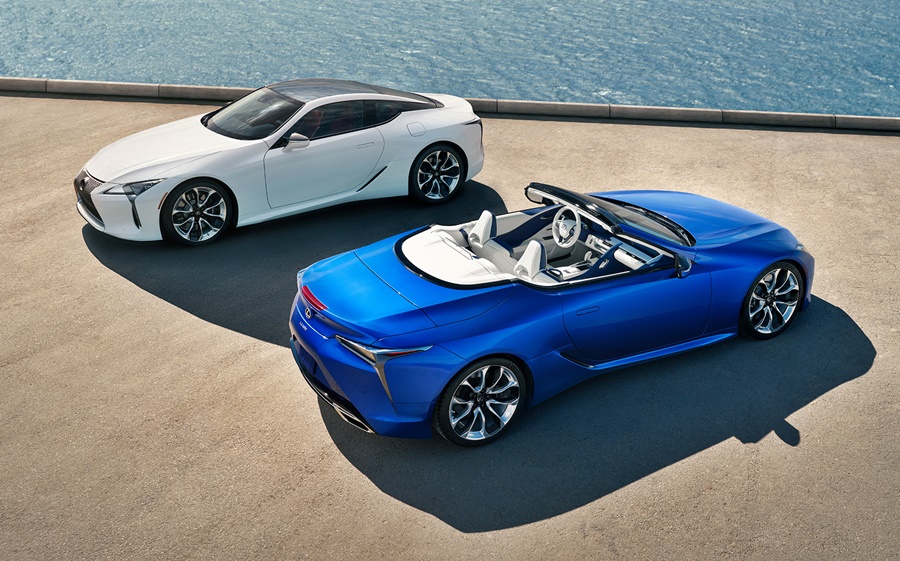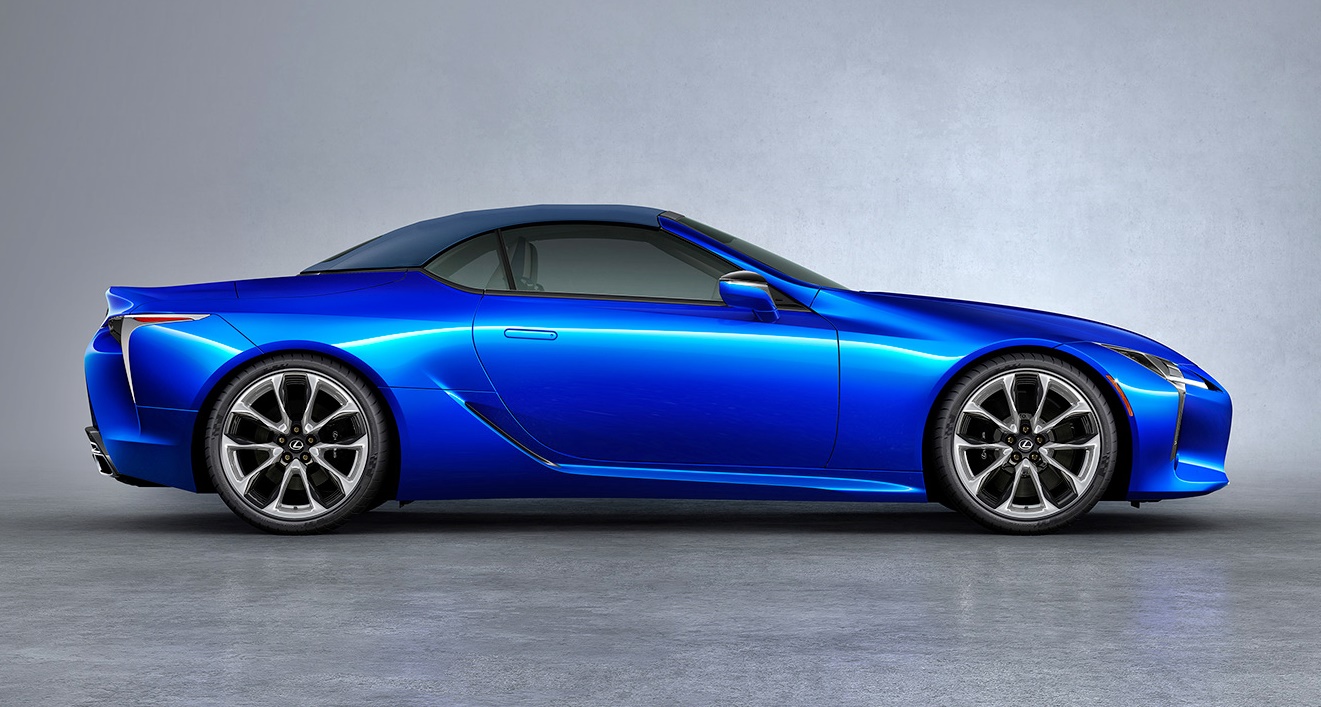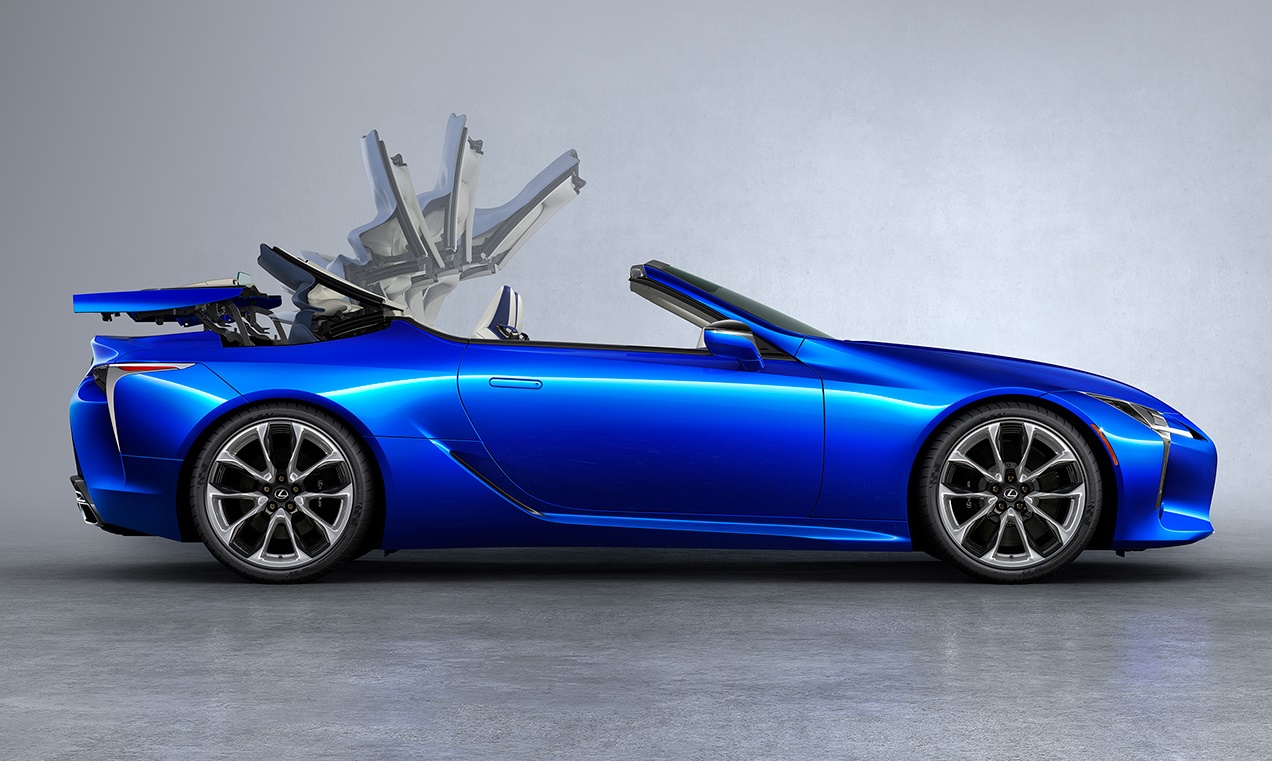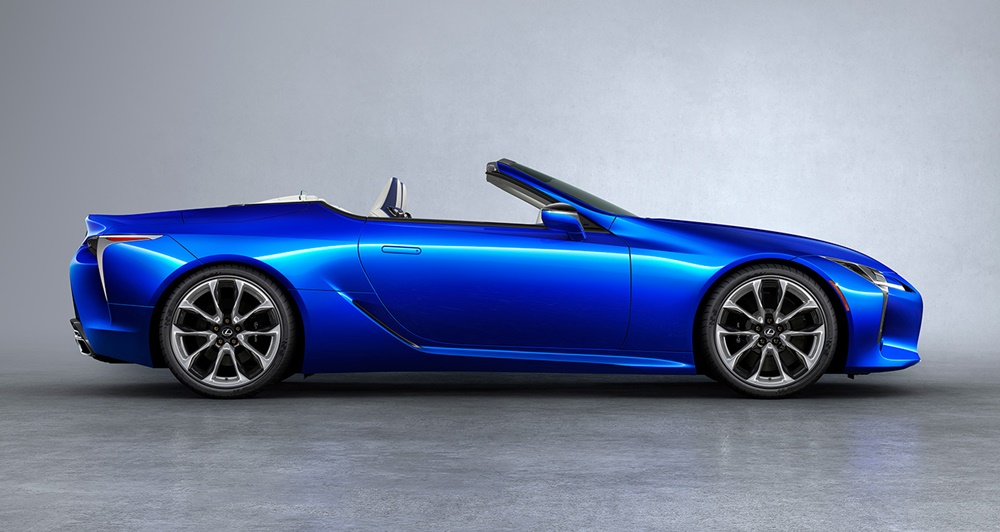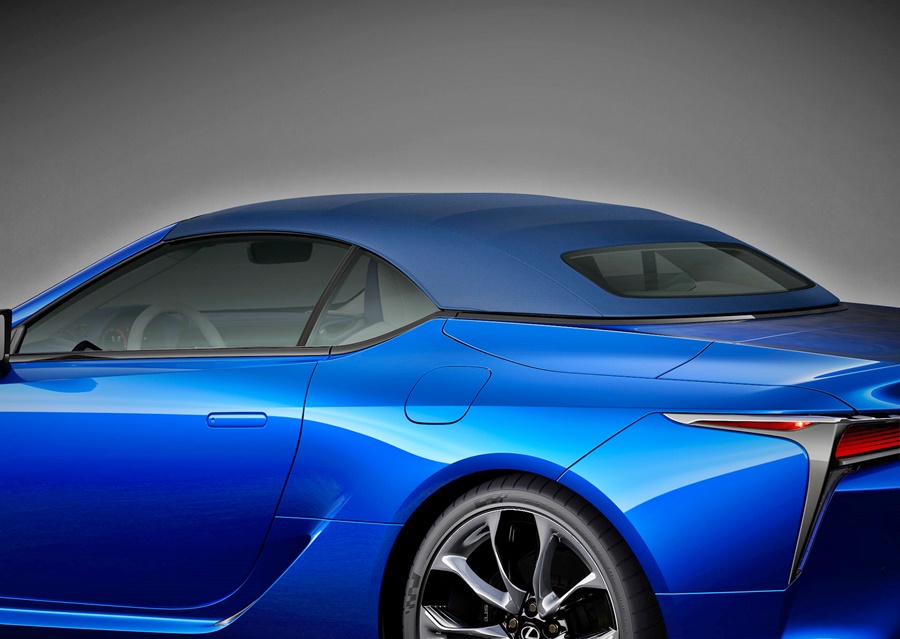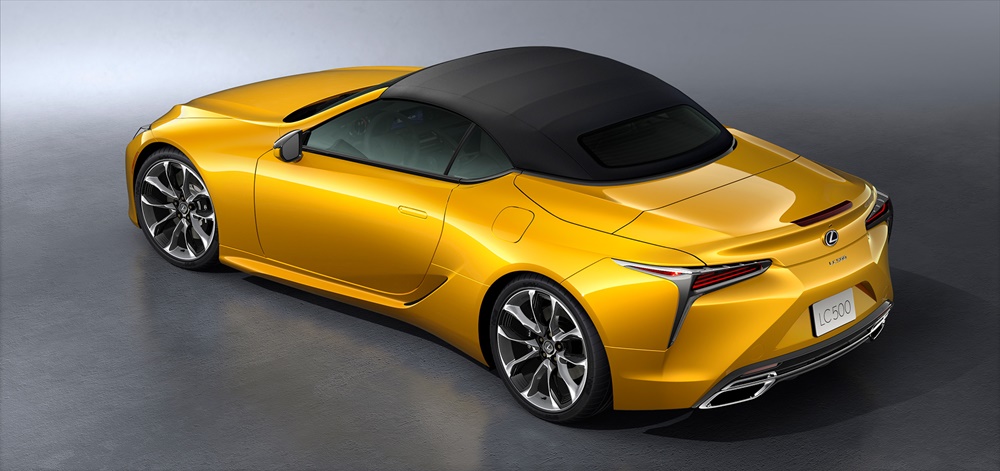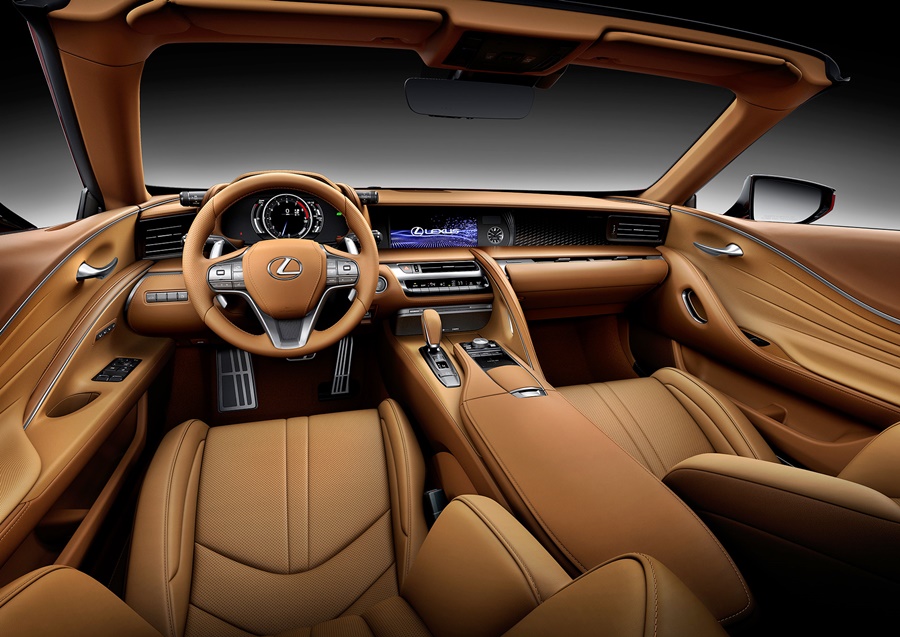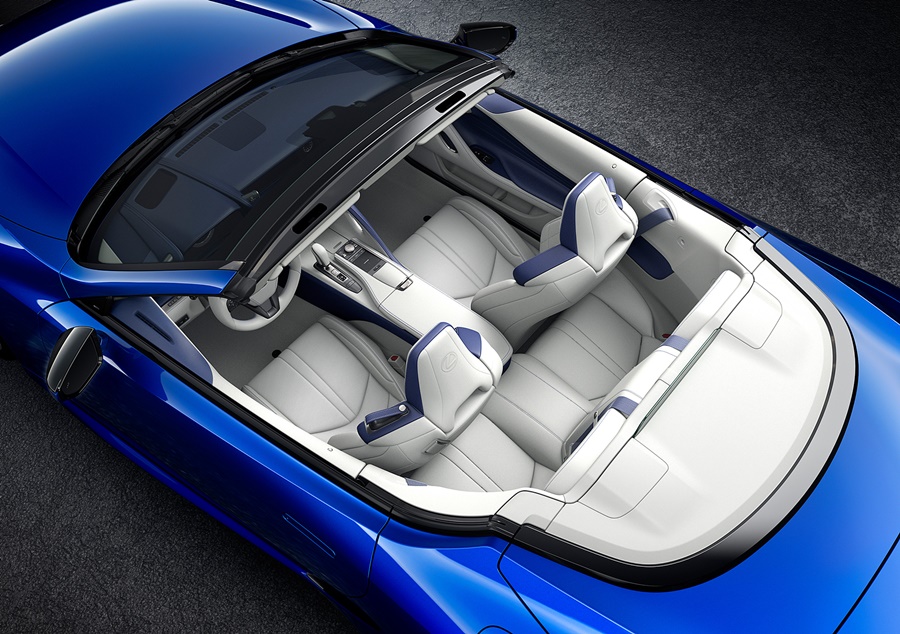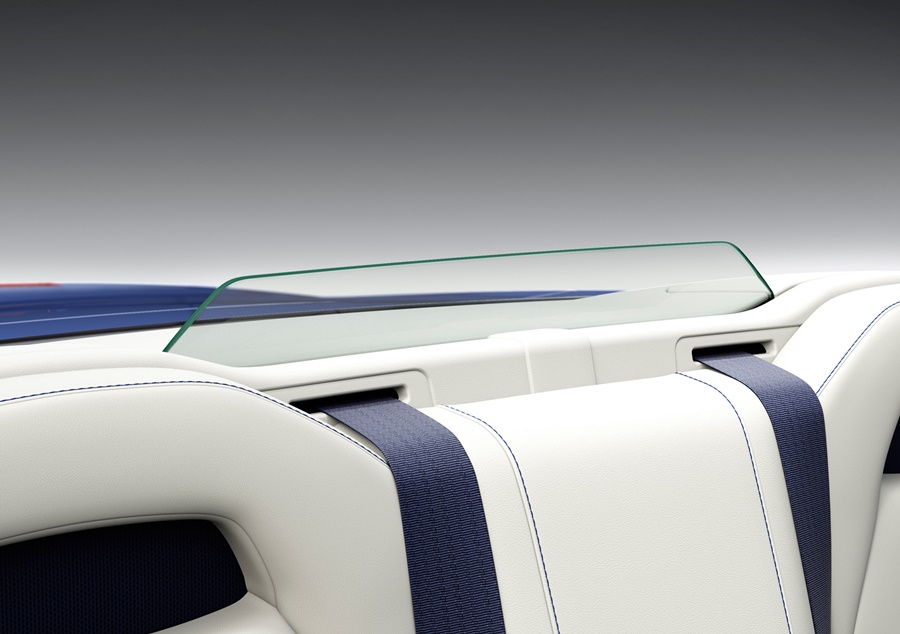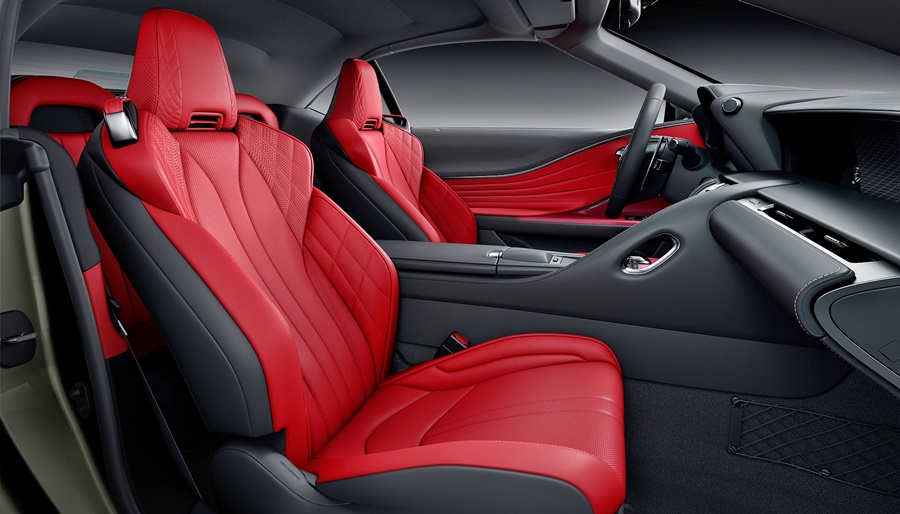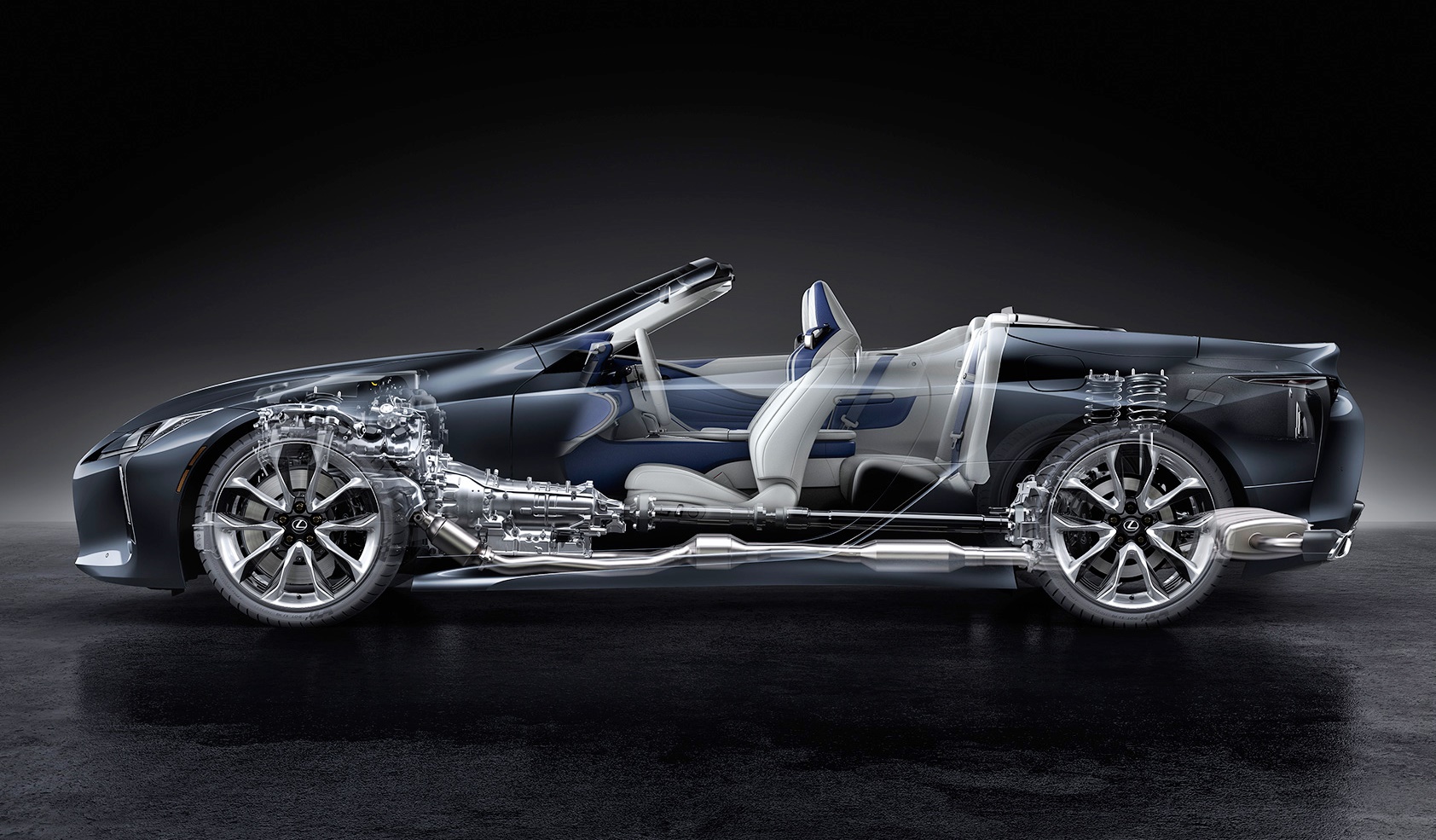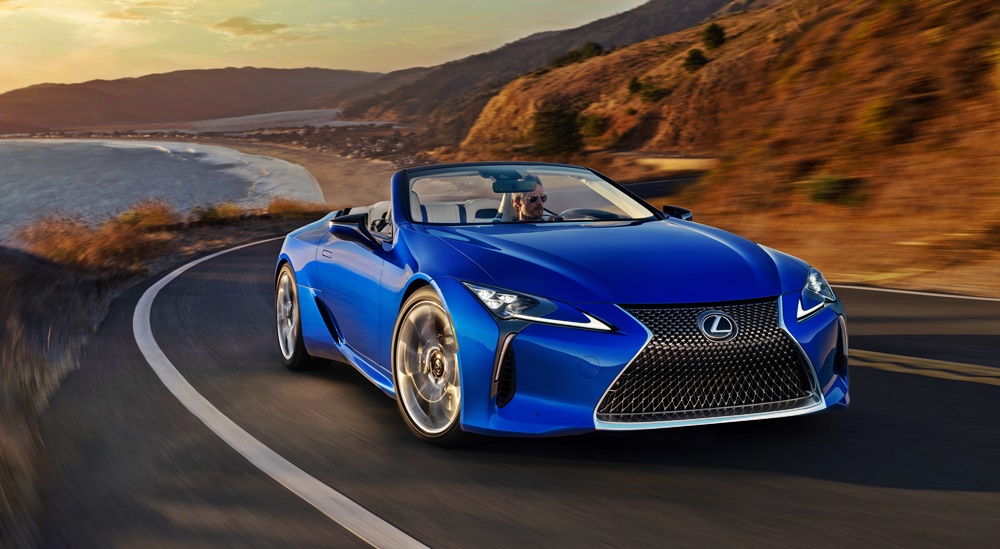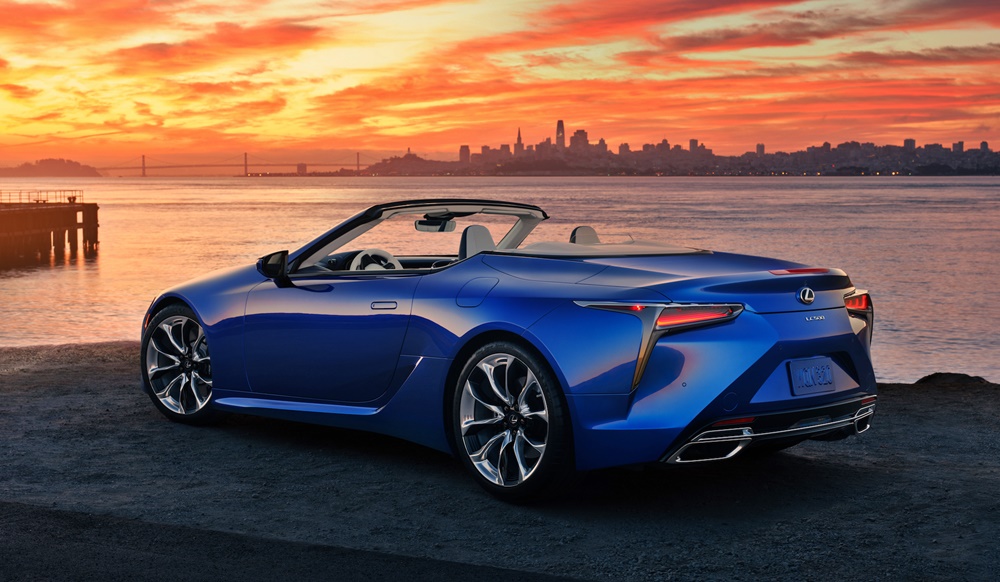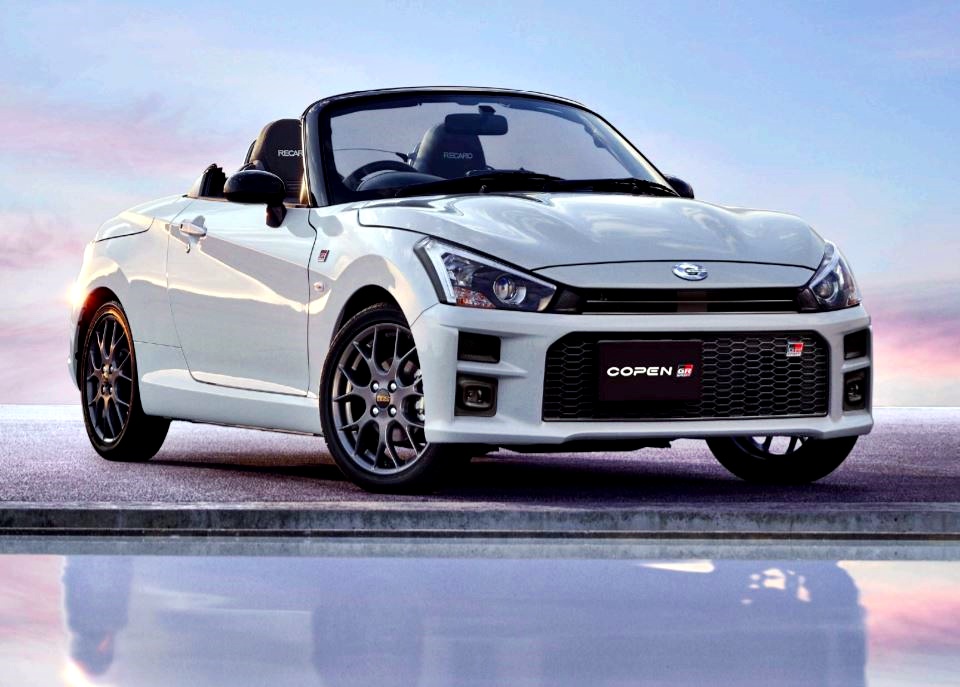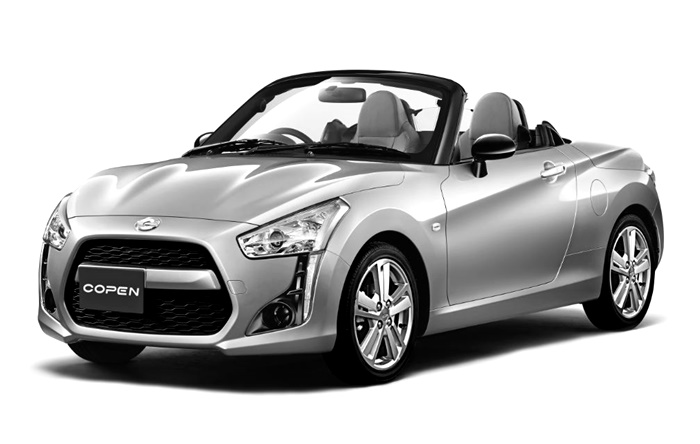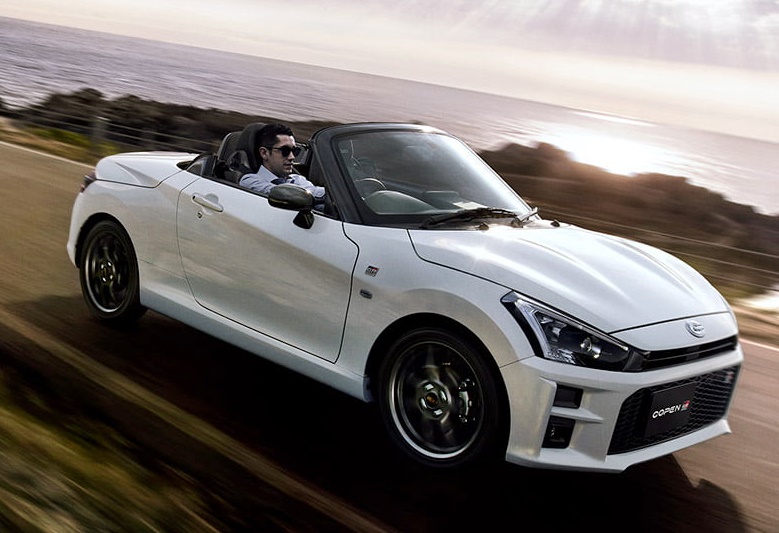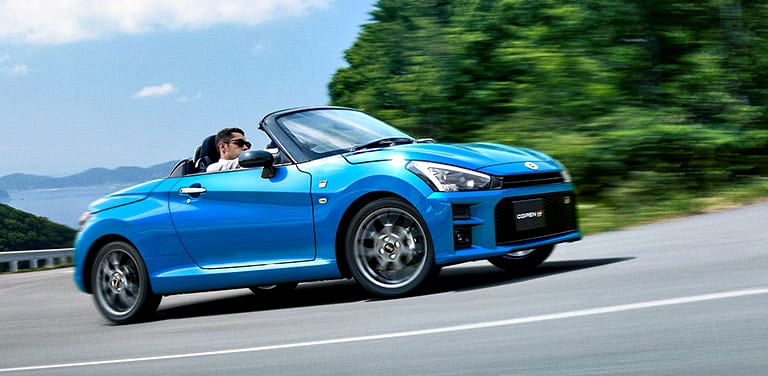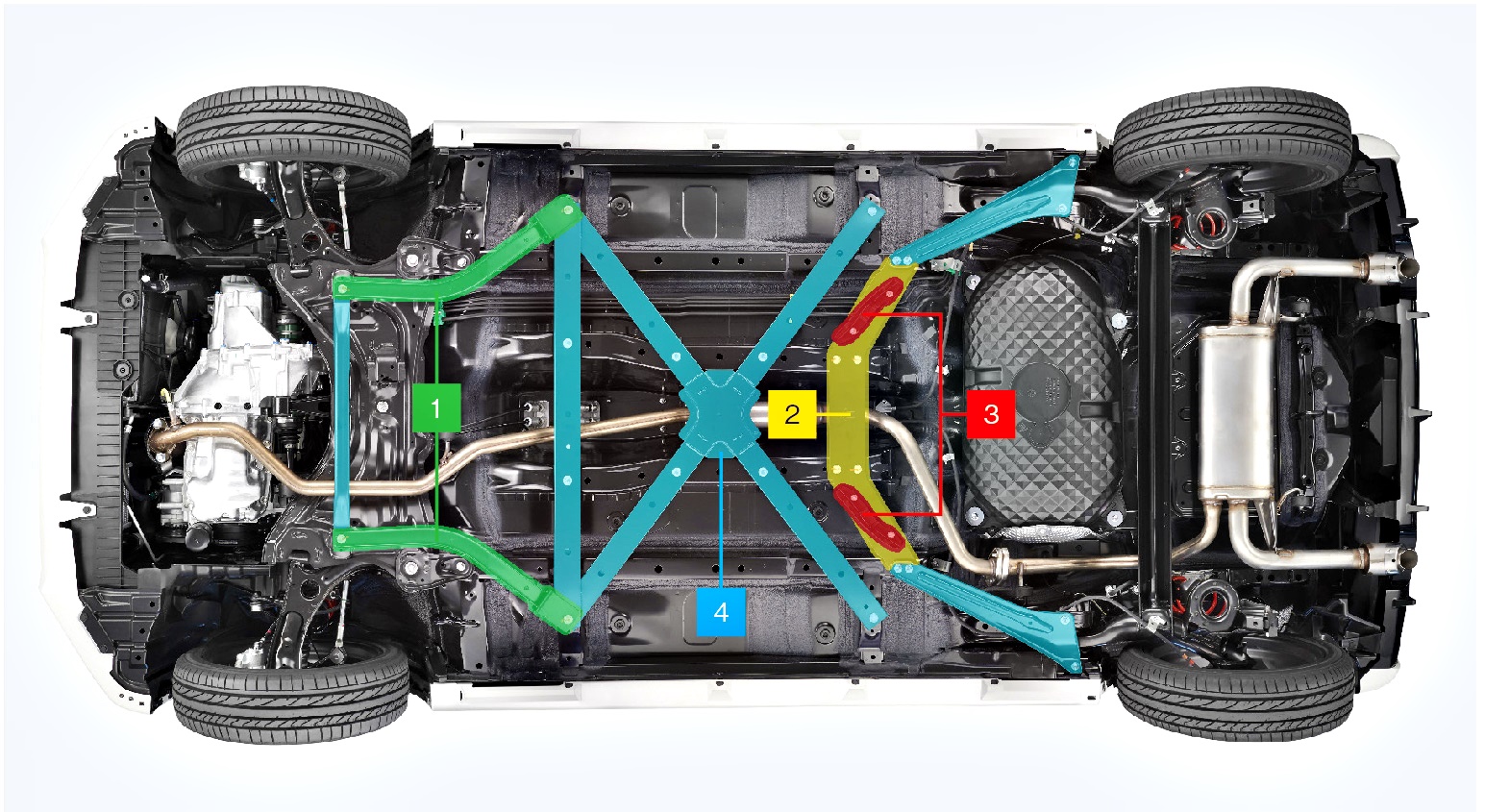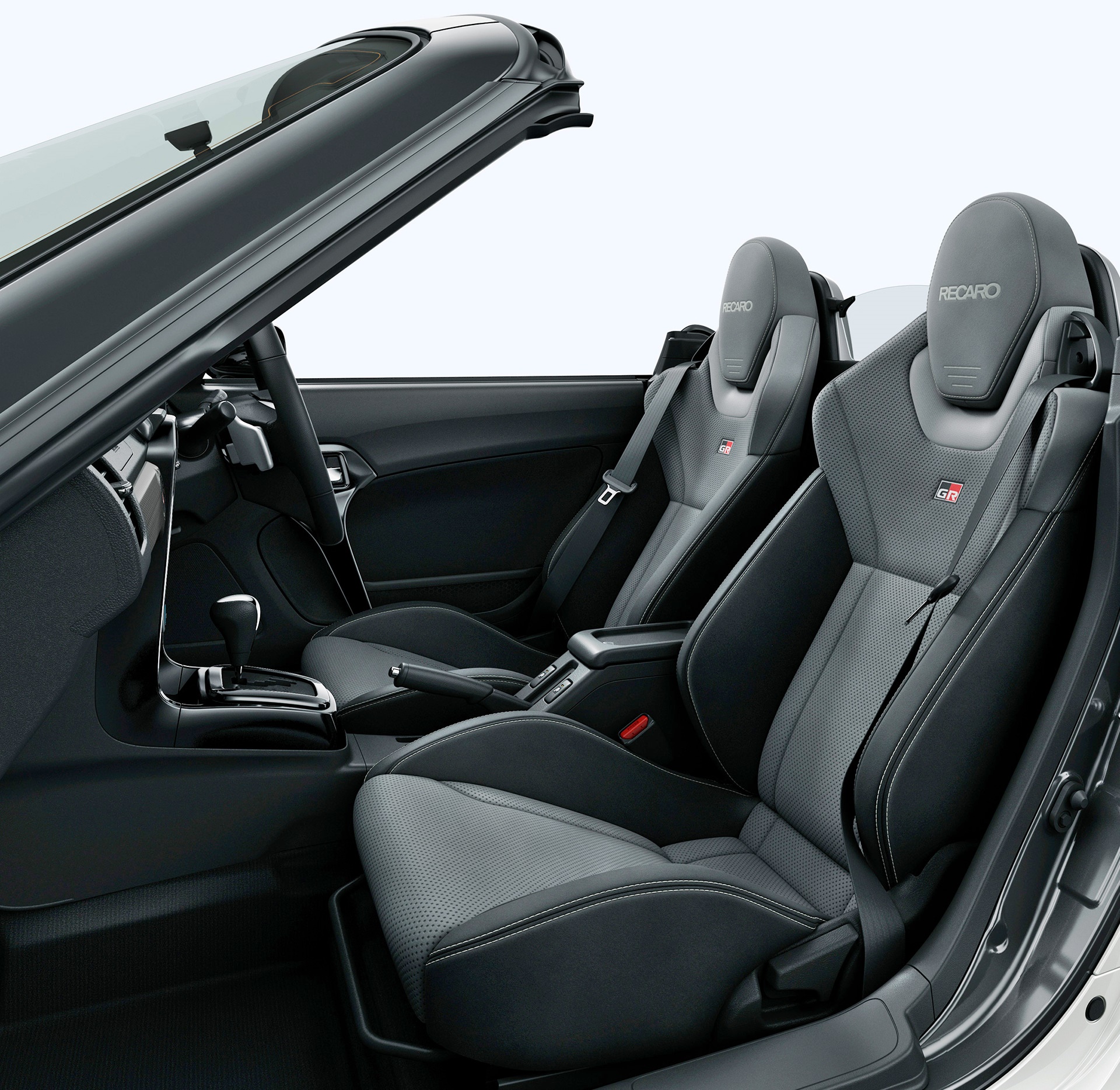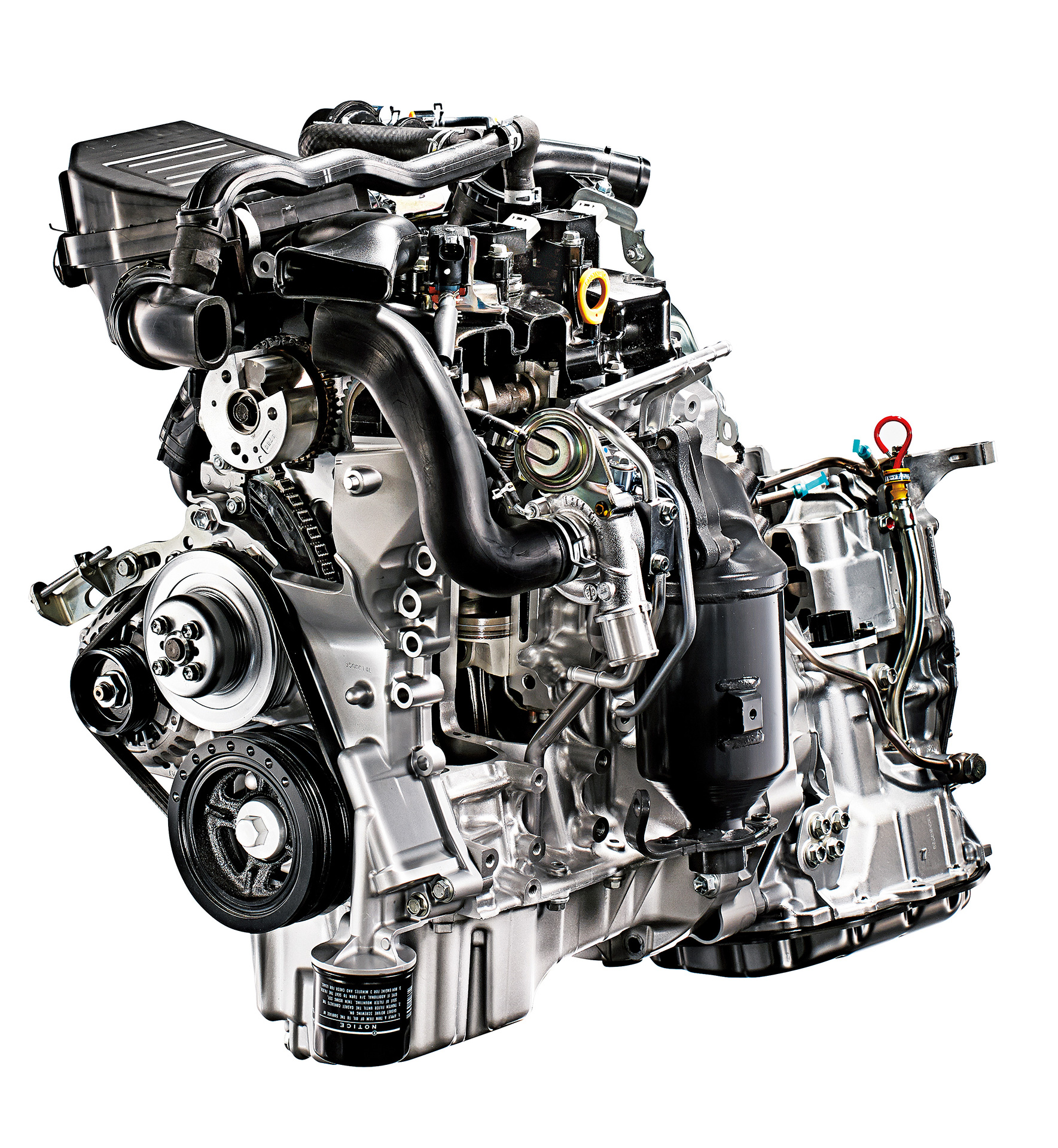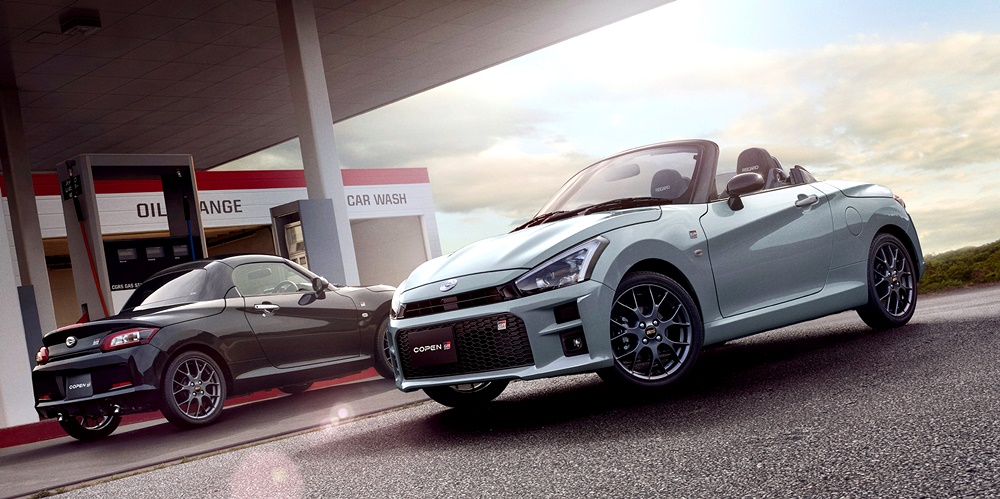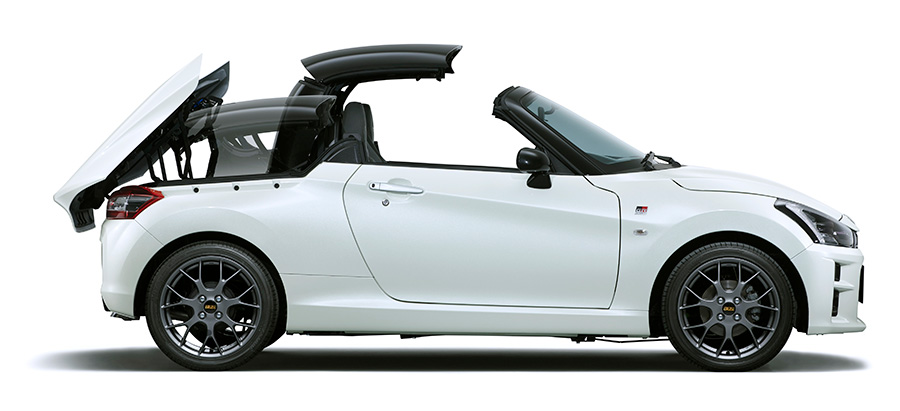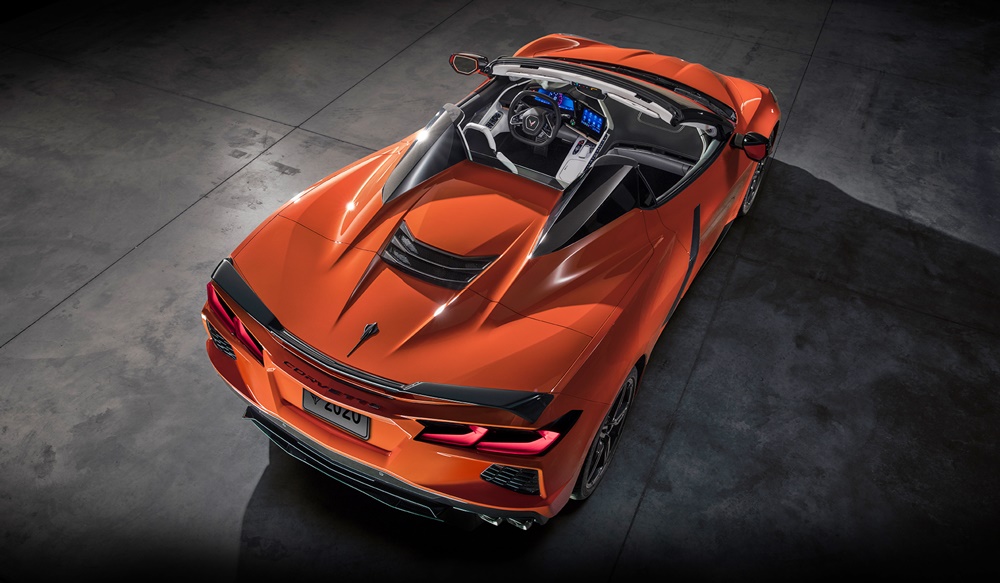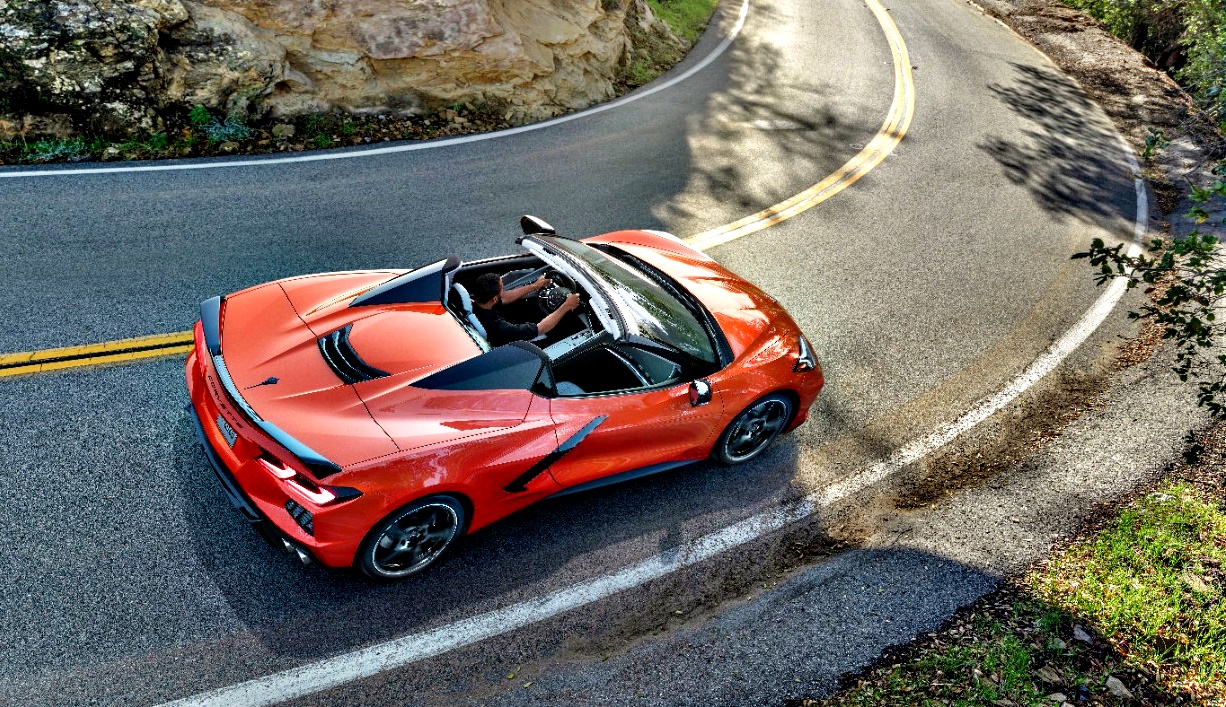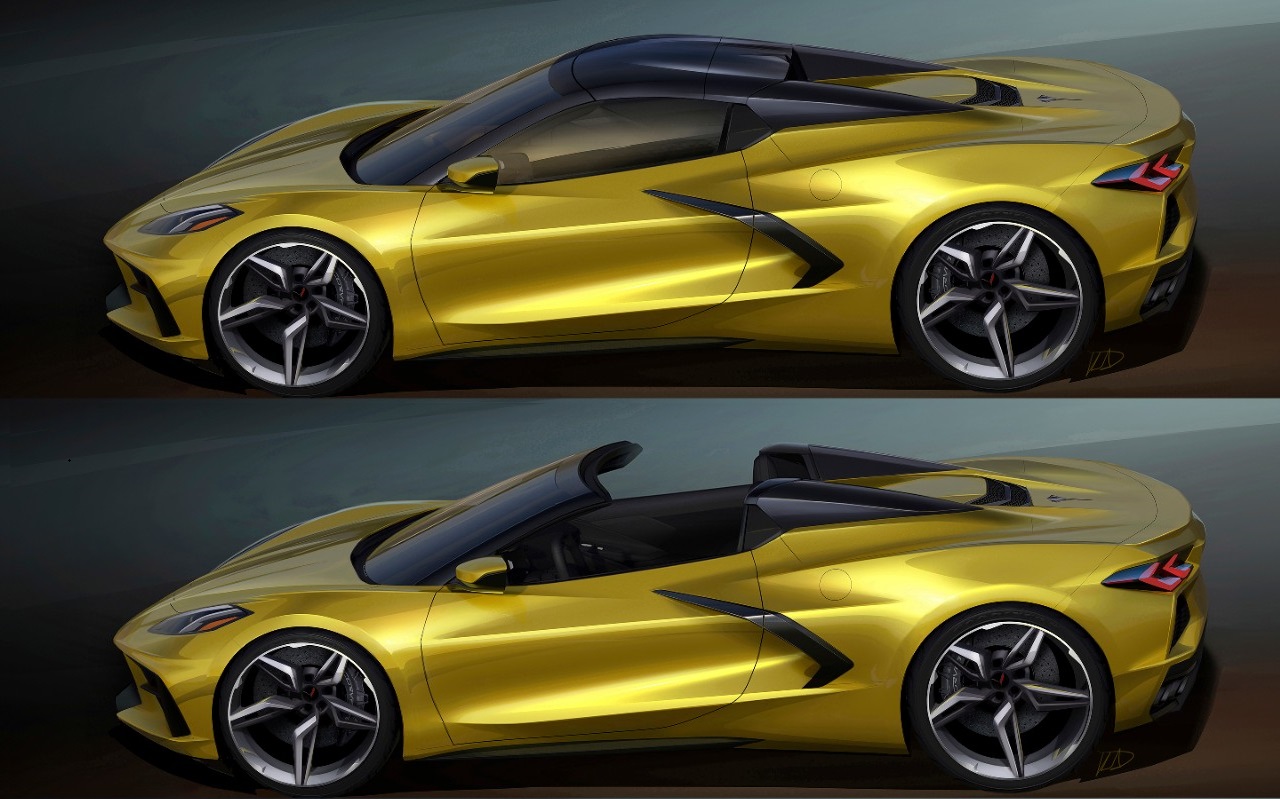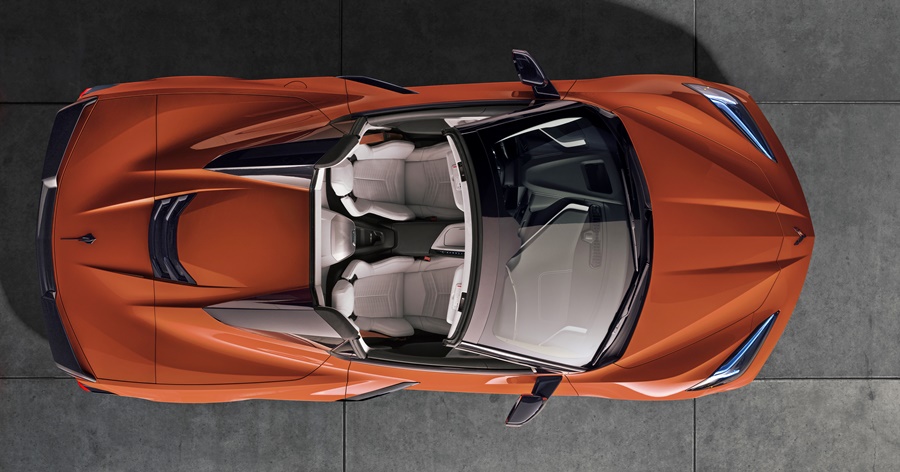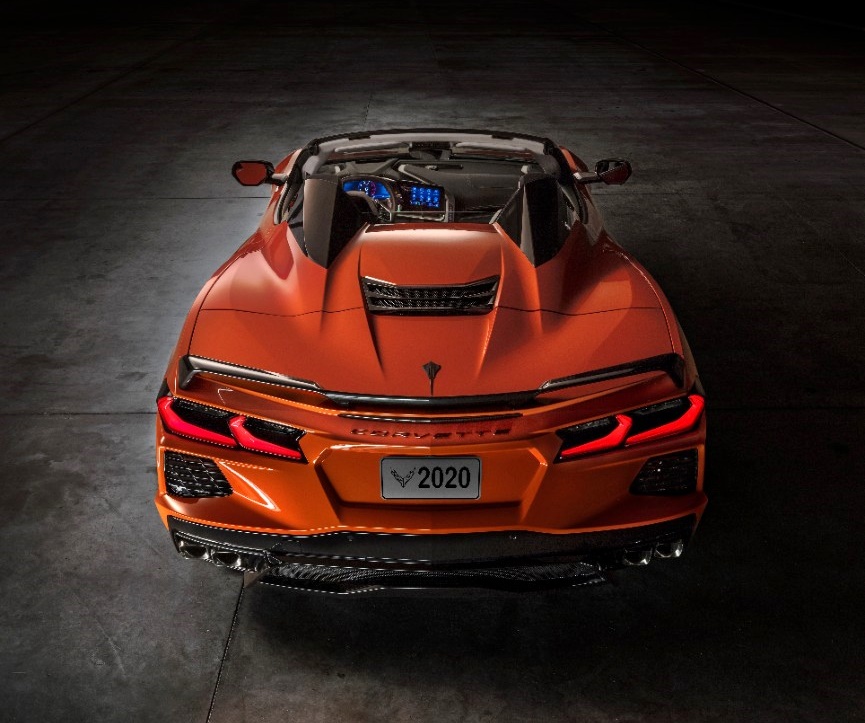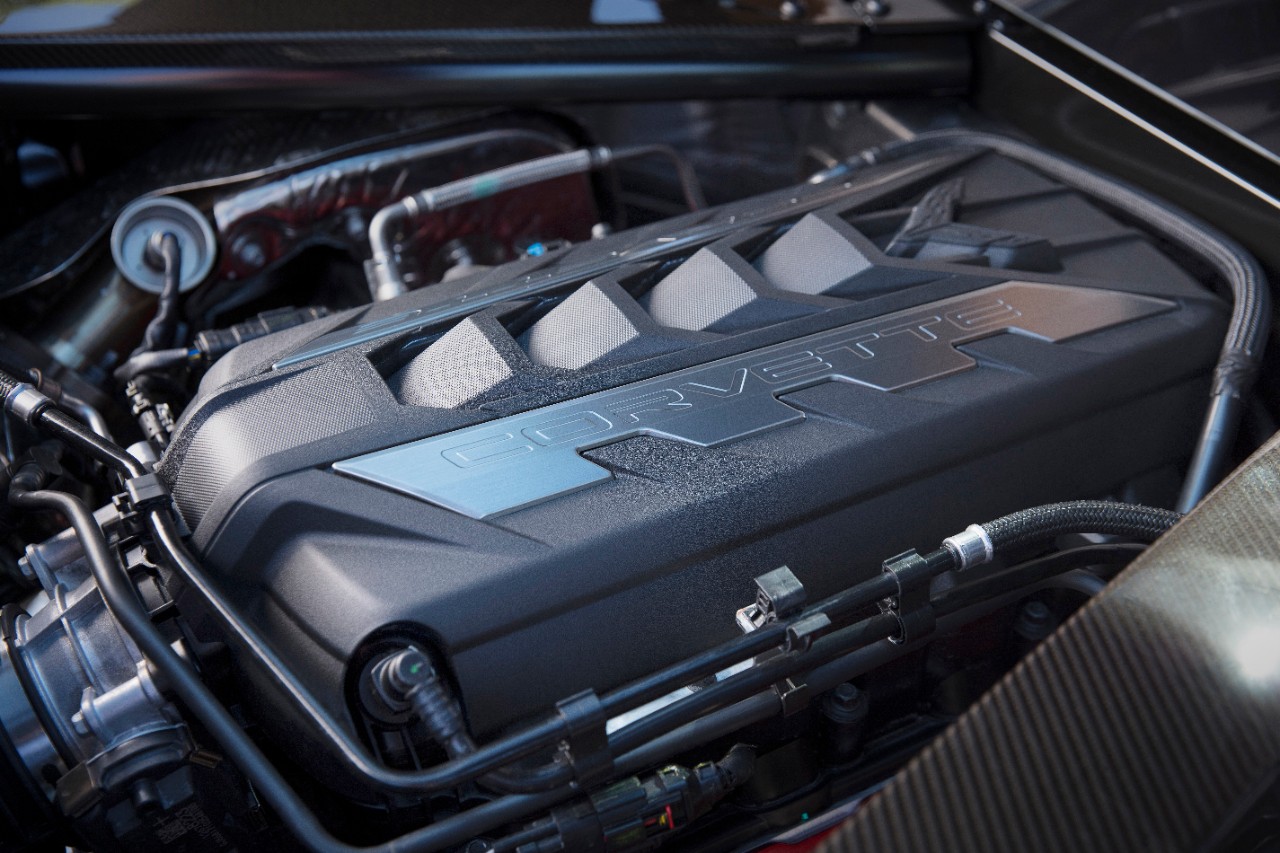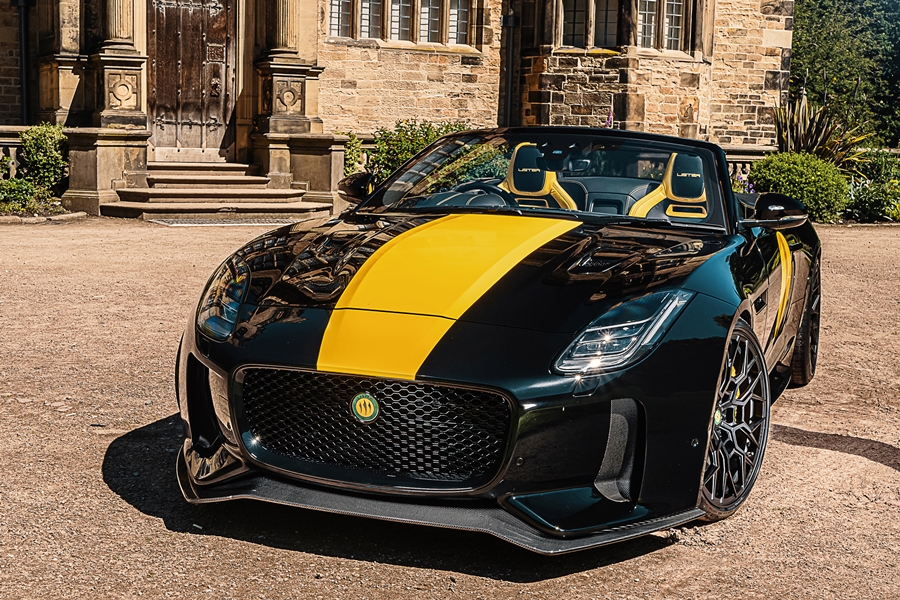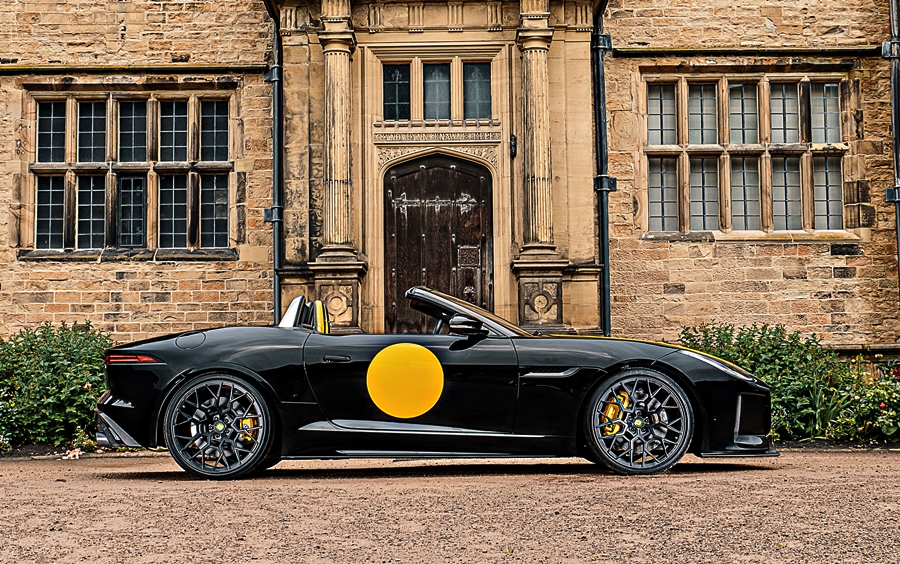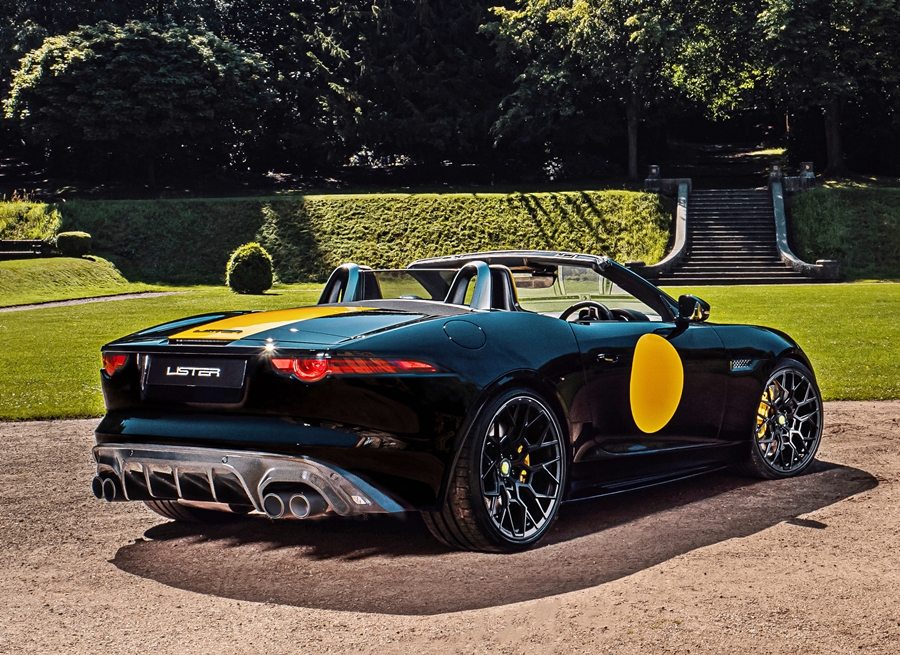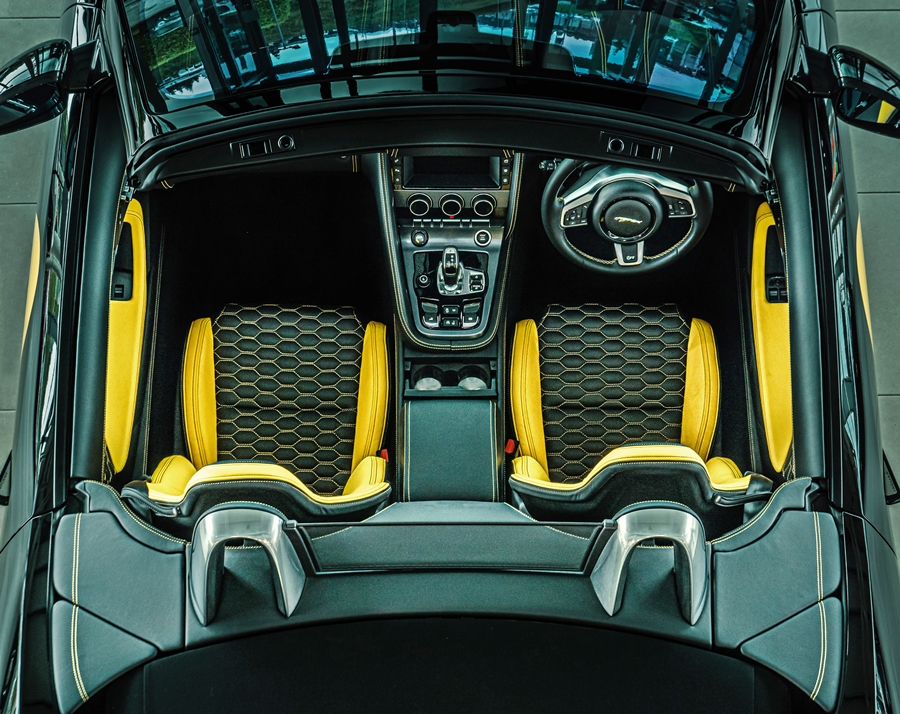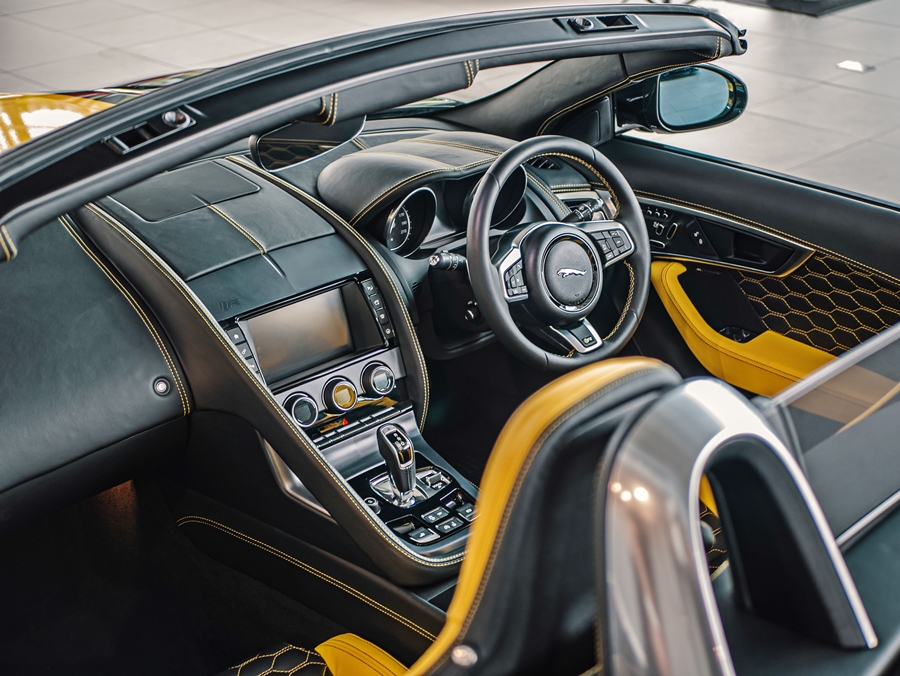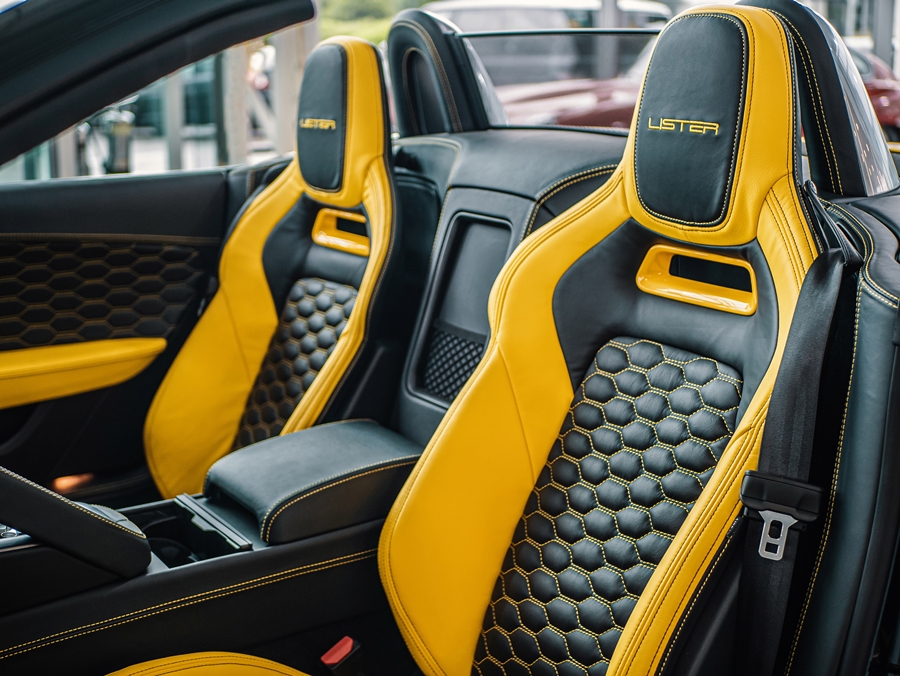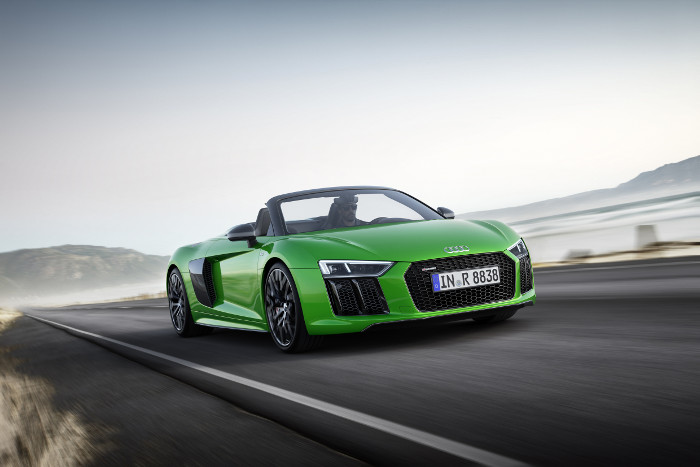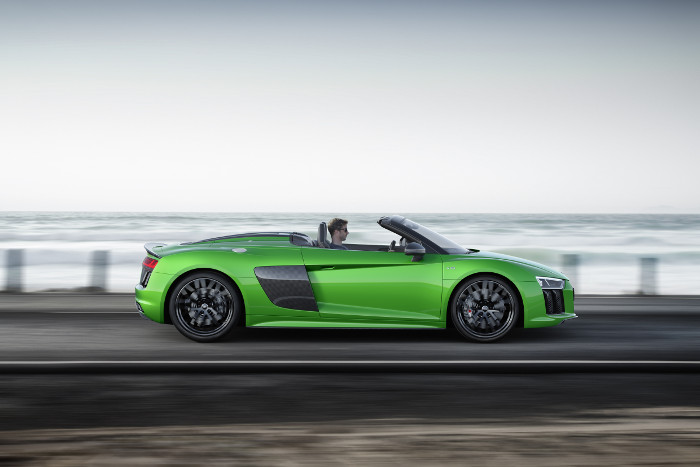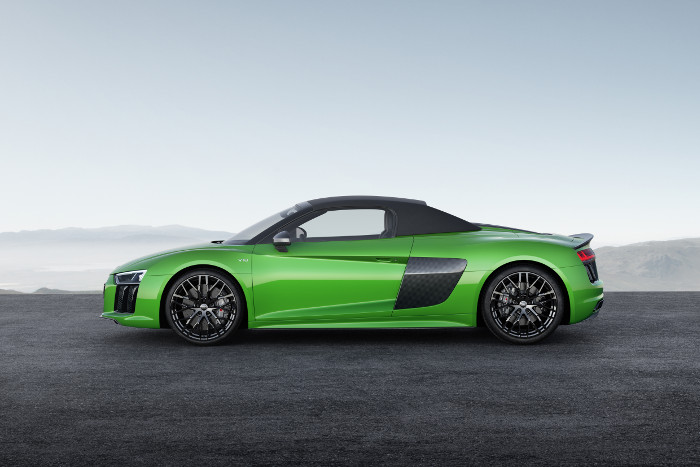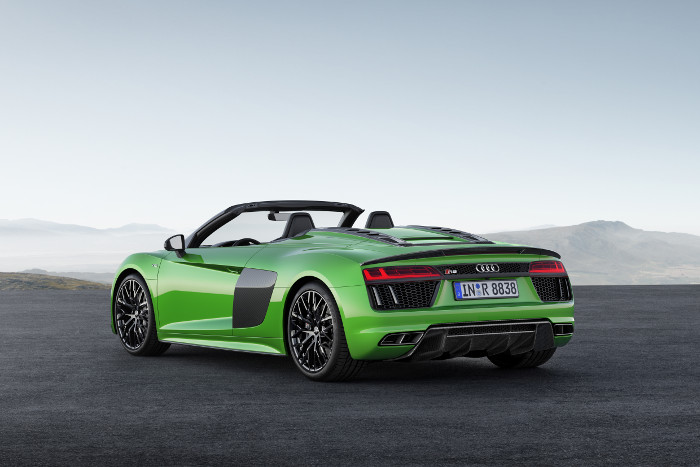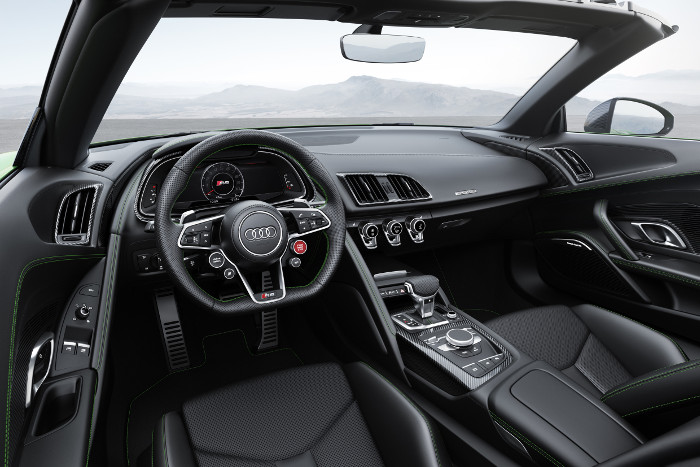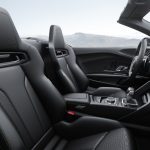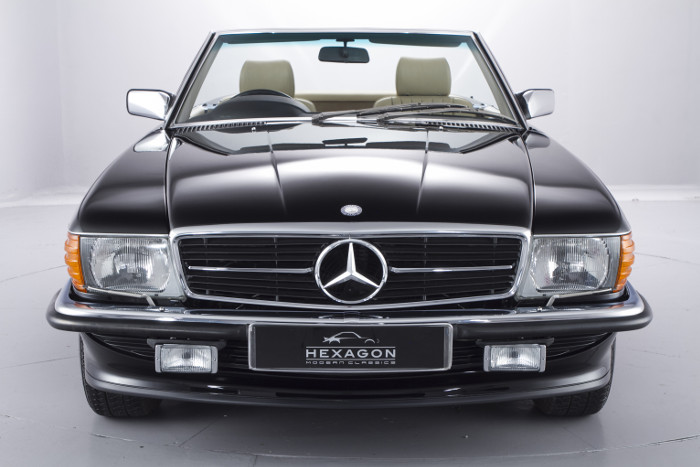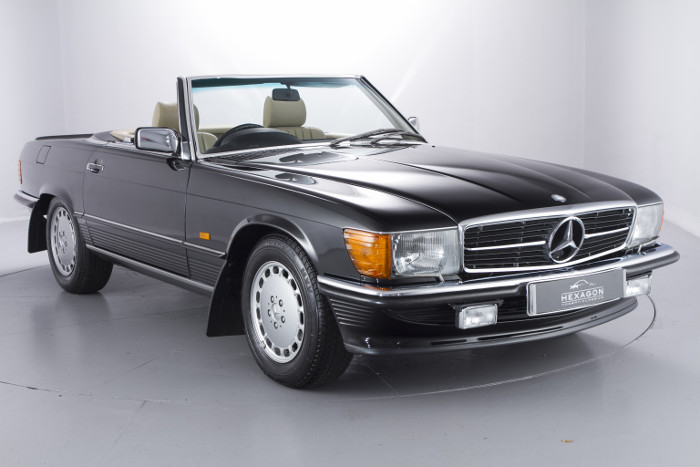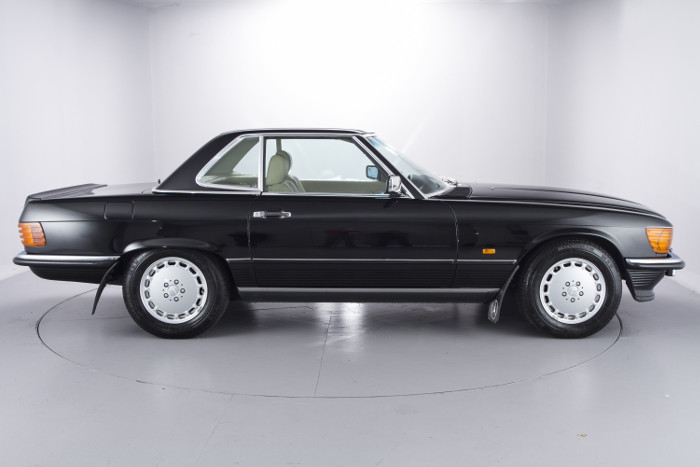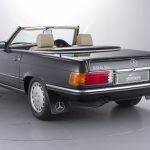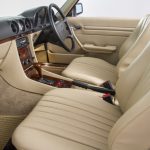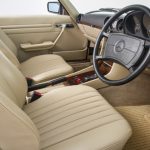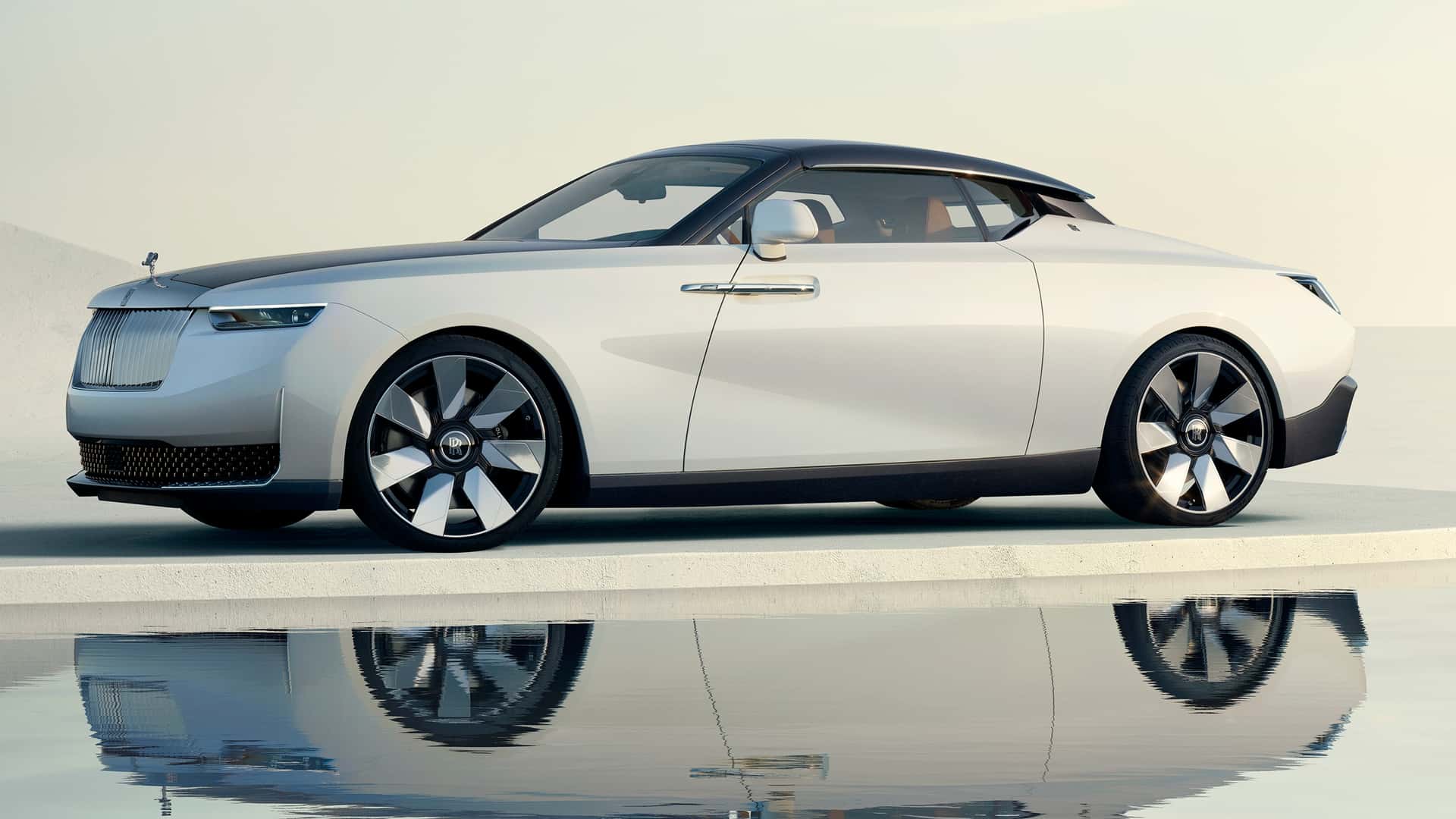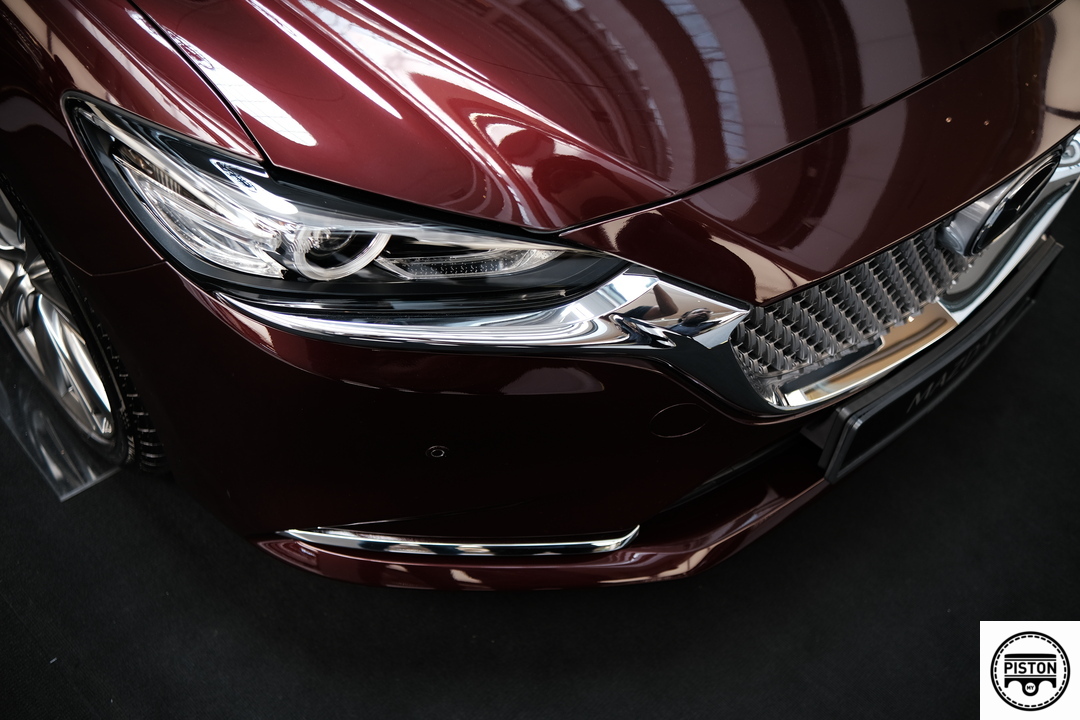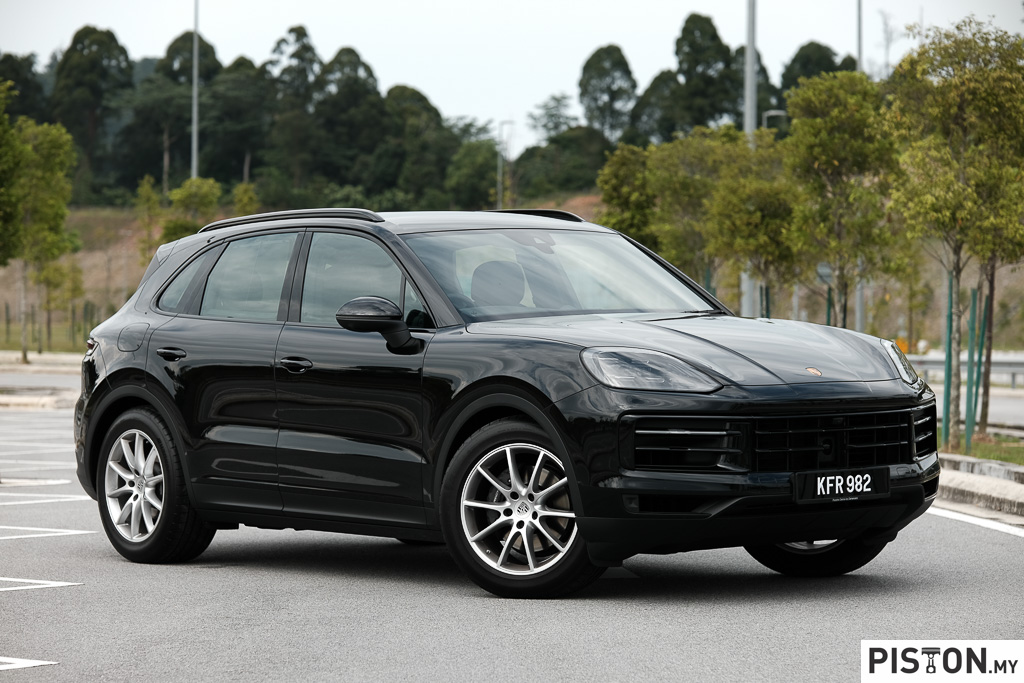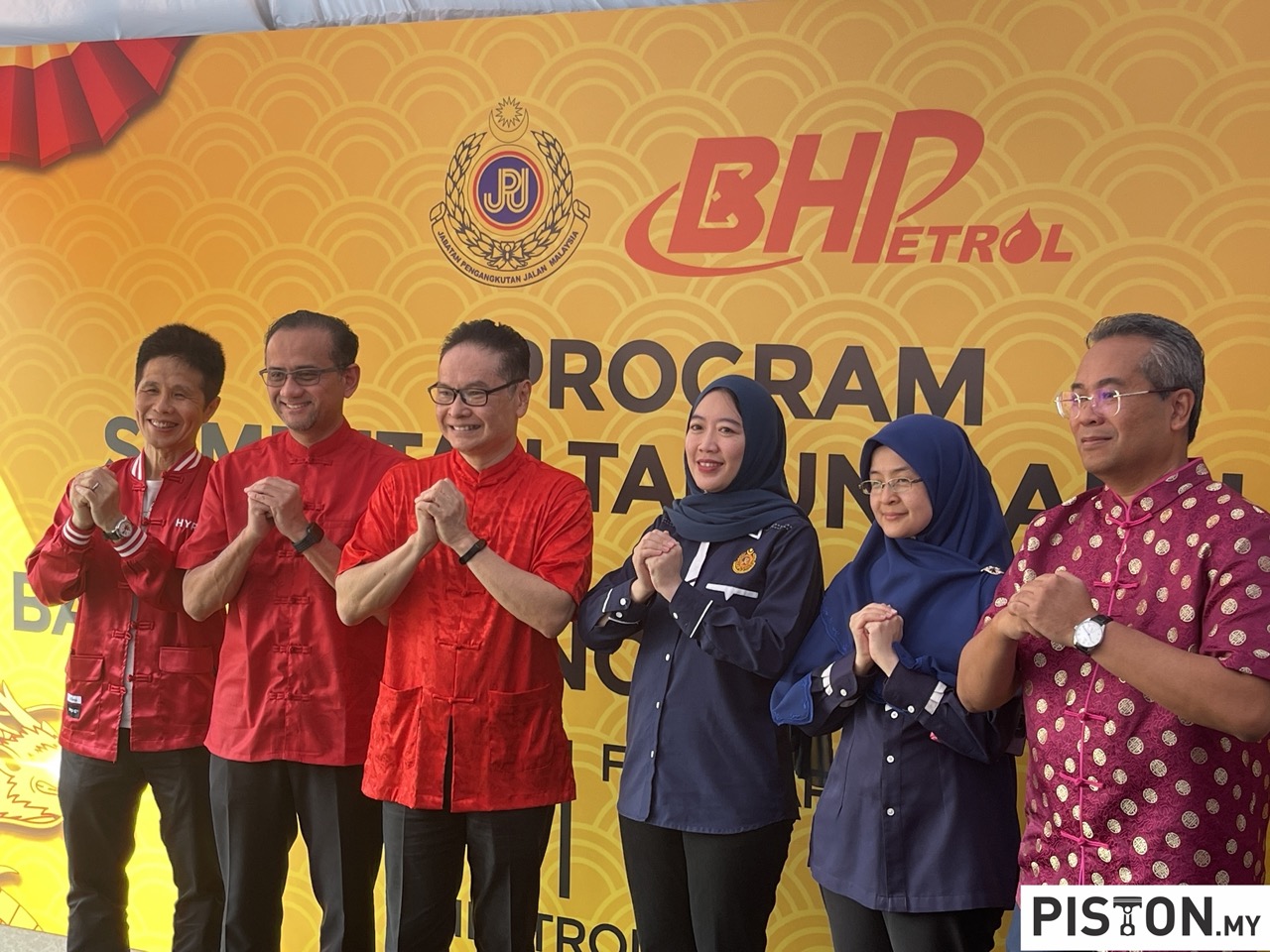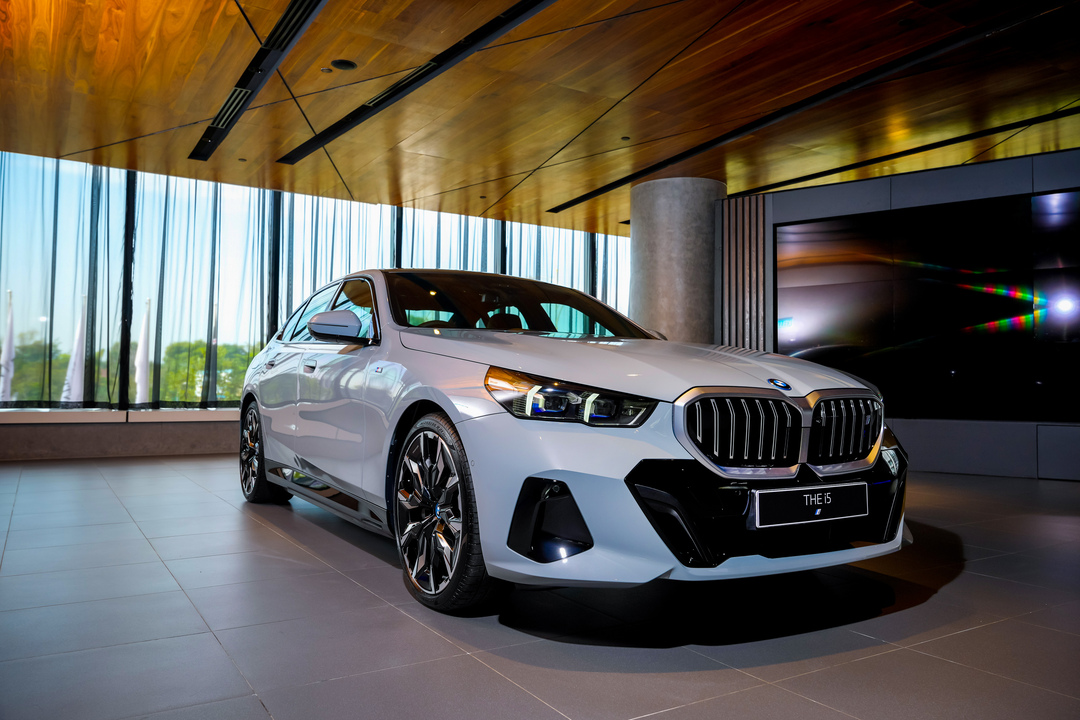With positive response to the concept model of a convertible version of the Lexus LC 500 shown at the North American International Auto Show in January this year, Lexus decided to go ahead and make a production version. 10 months later, the new LC 500 Convertible has its global debut at the 2019 Los Angeles Auto Show. Sales will commence in selected markets from mid-2020.
Unveiled in stunning Morphic Blue – to be produced as a 300-unit limited-edition from launch – the LC 500 convertible artfully harnesses the coupe’s sleek contours and sleek proportions while further leveraging the LC design. Incidentally, this is only the third production convertible in the 30-year history of the brand.
The compact roof design allows the bootlid of the convertible to be lifted and widened to further emphasise the low and broad stance, while retaining the coupe’s flowing roofline and strong aerodynamic performance.
High-quality fabric roof design
Excellent packaging ensures the LC 500 convertible body is just 10 mm longer (4.76 metres) and 5 mm taller than the coupe, with a retained 4-seat capacity and near-identical luggage space. Carefully selected roof fabric ensures optimal tension and no wrinkling, without the supporting frame visible through the fabric.
The roof design is enhanced by Lexus’ signature attention to detail, confirming excellent thermal properties, superb refinement and effortless retraction in just 15 seconds while travelling at up to 50 km/h. The automatic folding mechanism stores the roof under an integrated tonneau cover when lowered, melding elegantly with the LC’s beltline that kicks up at the end of the doors to provide a tight and clean wrap-around appearance.
The beautifully crafted and indulgently specified interior is enhanced by exclusive door handles and ‘L’ embossed headrests with neck heaters inside the LC 500 convertible – supporting the leading comfort and luxury that is the Lexus DNA.
Focus on aerodynamics and quietness
A focus on aerodynamics around the beltline and rear mold design creates a space to feel the excitement of open-air driving without hindering conversation in the car. In combination with a transparent polycarbonate wind deflector, wind flow inside the car is suppressed and impressive quietness achieved, it is claimed. Likewise, the audio system can adapt its performance to deliver the best sound quality depending on whether the roof is open or closed.
In colder climates, the Lexus Climate Concierge will maintain a comfortable environment within the seating area, taking into consideration whether the top is up or down. The appropriate adjustments will be made to the air conditioning, seat heaters, neck heaters and even steering wheel heater.
Active Noise Control (ANC), combined with sound insulation and absorption techniques, supresses unwanted noises and unpleasant frequencies while emphasising the soundtrack of the 477 ps/540 Nm Lexus 5-litre V8 petrol engine (with a DirectShift-10 automatic transmission). A sound generator transmits sensual engine intake sound through the dash panel, while an exhaust valve further enhances the sound of the high output.
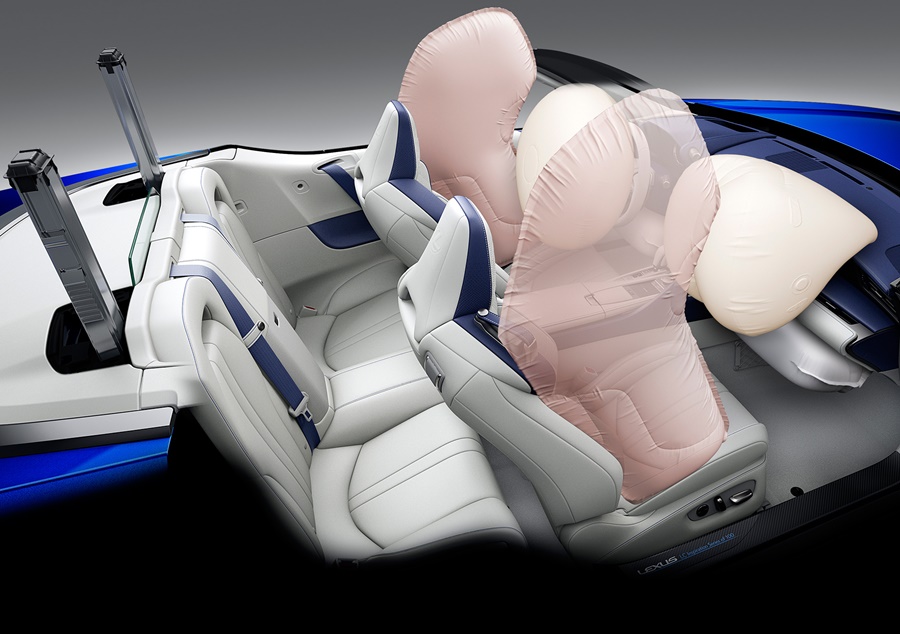
Rigidity level equal to coupe
A newly designed body structure also achieves a rigidity level equal to the coupe. For maximum strength and reduced weight, the front bow structure of the roof frame is produced in magnesium alloy. A strategically placed and shaped rear suspension tower brace is composed of lightweight die-cast aluminium to minimise added weight, and a Performance Damper is adopted for high-quality ride comfort.
Exploiting the advantages of the GA-L front-and-rear multi-link rear-wheel drive platform, the LC 500 convertible features new Active Cornering Assist and active roll-bar technologies to further enhance the driving experience. A 52:48 weight distribution also shifts slightly rearward compared with the coupe.


